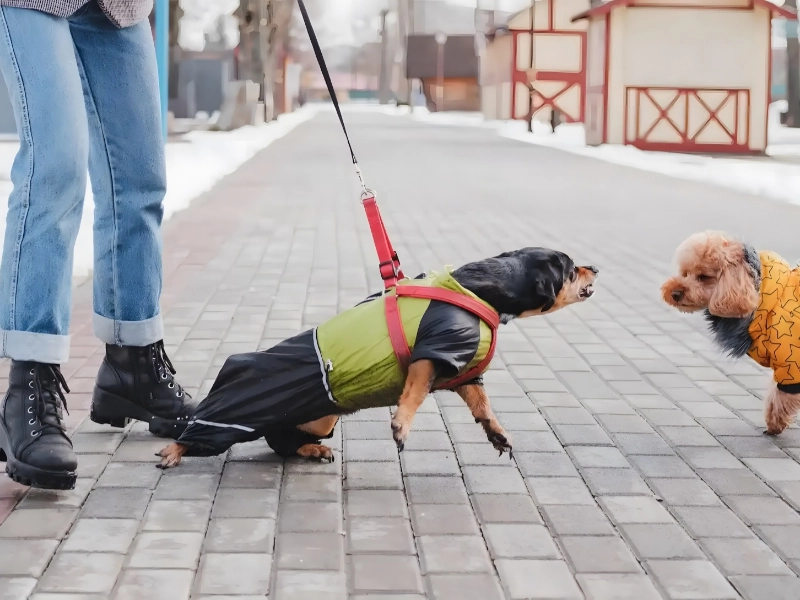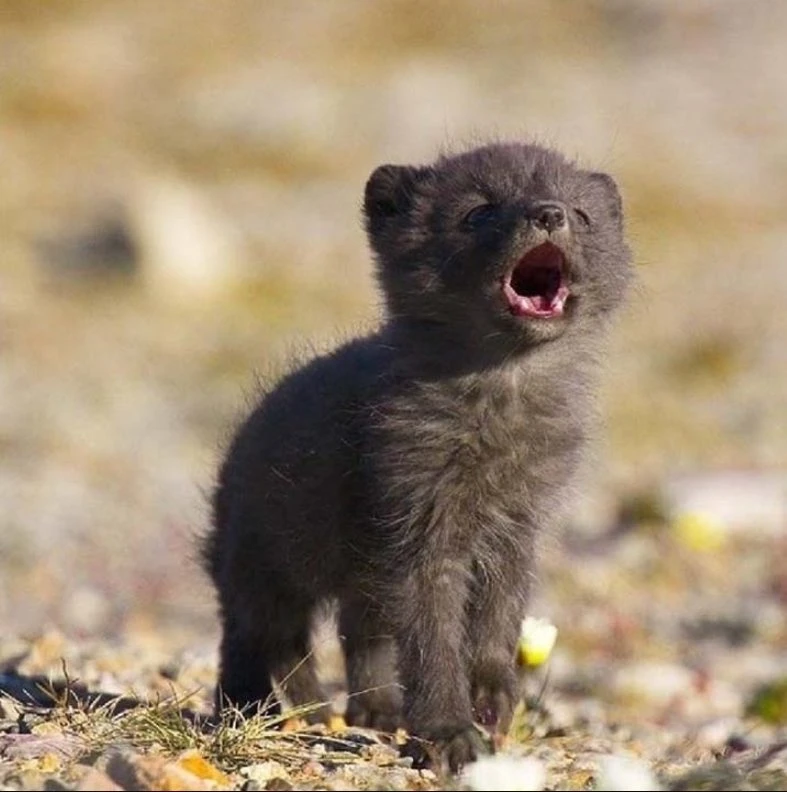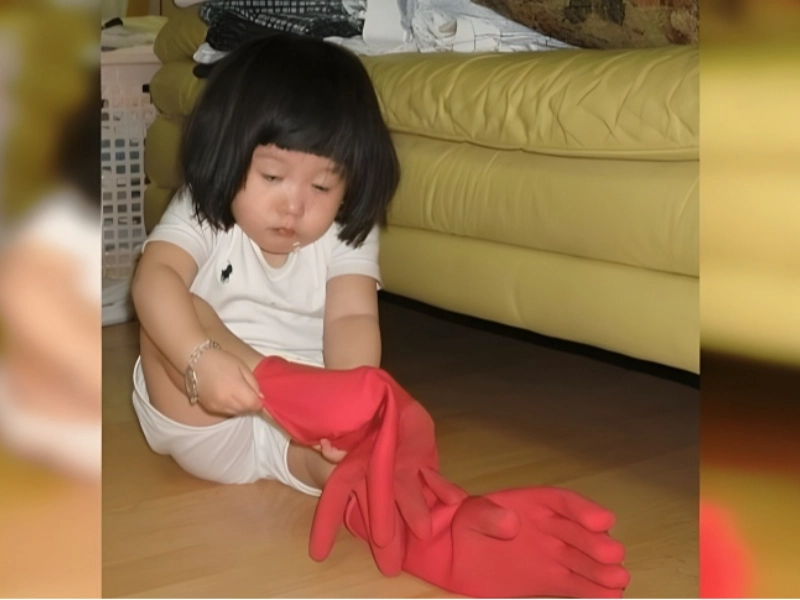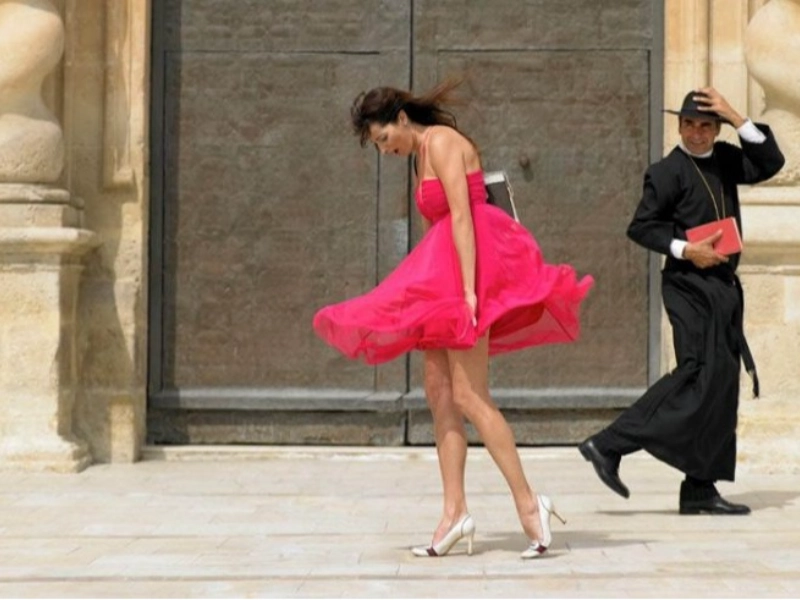The Hidden Danger Every Dog Parent Needs to Know
Reactive Actions
Understanding Reactive Behavior in Dogs Not Just Mischief: Reactive Responses: When your dog barks and lunges during walks, it doesn’t necessarily mean they’re being troublesome. This behavior often stems from anxiety, tension, or overstimulation. Signs of Overwhelm: Communicating Stress: Your dog may be expressing feelings of overwhelm, signaling, "Whoa, there’s too much going on here. Back off!" Addressing Reactivity Stay Calm: Your demeanor can influence your dog’s behavior. Remain calm and composed during reactions.
Identify Triggers: Pay attention to what specifically causes your dog to react—whether it’s other dogs, people, or loud noises.
Create Distance: If possible, increase the distance from the trigger to help your dog feel more secure.
Positive Reinforcement: Reward calm behavior with treats or praise to encourage more appropriate responses.
Training Techniques: Consider working with a professional trainer to develop strategies tailored to your dog's needs.
Conclusion Understanding and addressing your dog's reactive behavior is crucial for creating a more enjoyable walking experience. With patience and proper training, you can help your dog navigate their environment with confidence.

Transforming Your Dog's Behavior: The Path to Calmness Positive Outlook: Hope for Change: You don’t have to live with a scared or hyperactive dog forever. With the right guidance, navigating social situations can become much easier. Doggie Etiquette School: Training for Composure: Think of training as a form of doggie etiquette school, where your dog learns to stay calm and composed in public settings. Key to Success: Importance of Training: Remember, training is essential for achieving calmer walks, even when your dog exhibits barking and lunging behaviors. Steps to Success Seek Professional Help: Consider enlisting the help of a professional trainer who specializes in reactive dogs.
Consistent Practice: Regular training sessions will reinforce good behavior and help your dog feel more secure.
Socialization Opportunities: Provide controlled socialization experiences to help your dog learn appropriate responses.
Patience and Persistence: Change takes time, so be patient and persistent in your training efforts.
Conclusion With dedication and the right training approach, you can guide your dog toward more relaxed and enjoyable walks, transforming their behavior and enhancing your bond.









